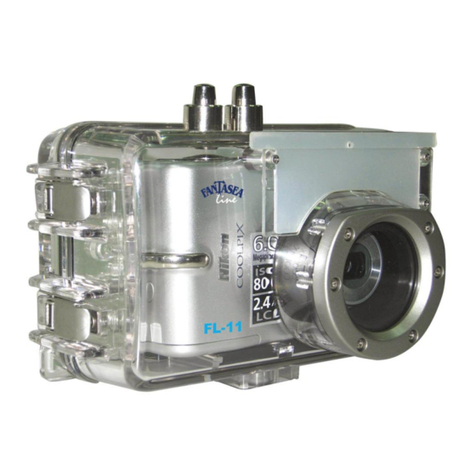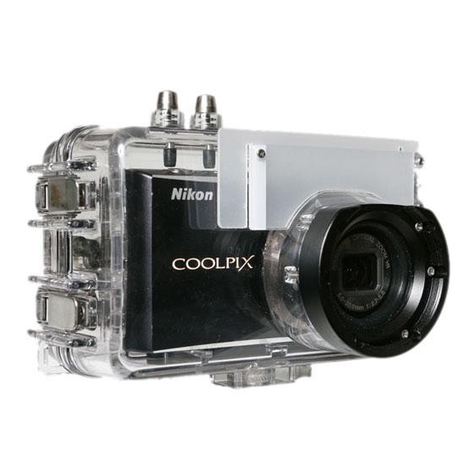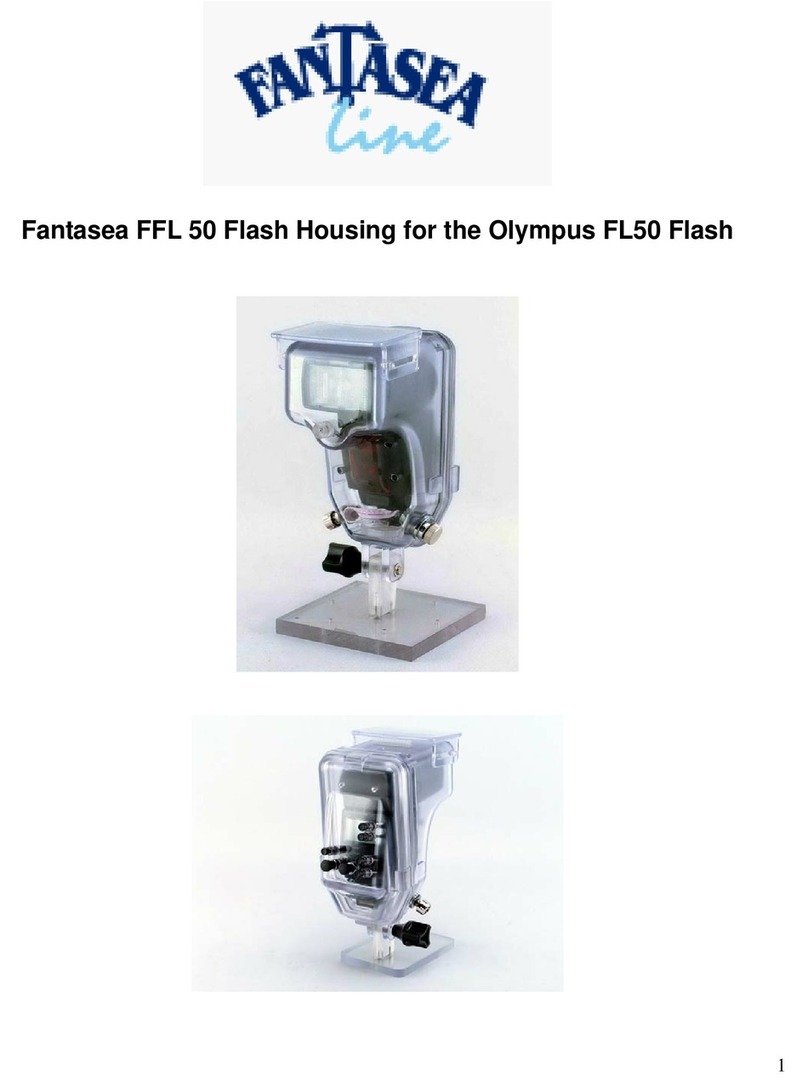Fantasea CP-4 Pro Guide
Other Fantasea Camera Accessories manuals

Fantasea
Fantasea BlueRay Extreme User manual

Fantasea
Fantasea FL?22 User manual
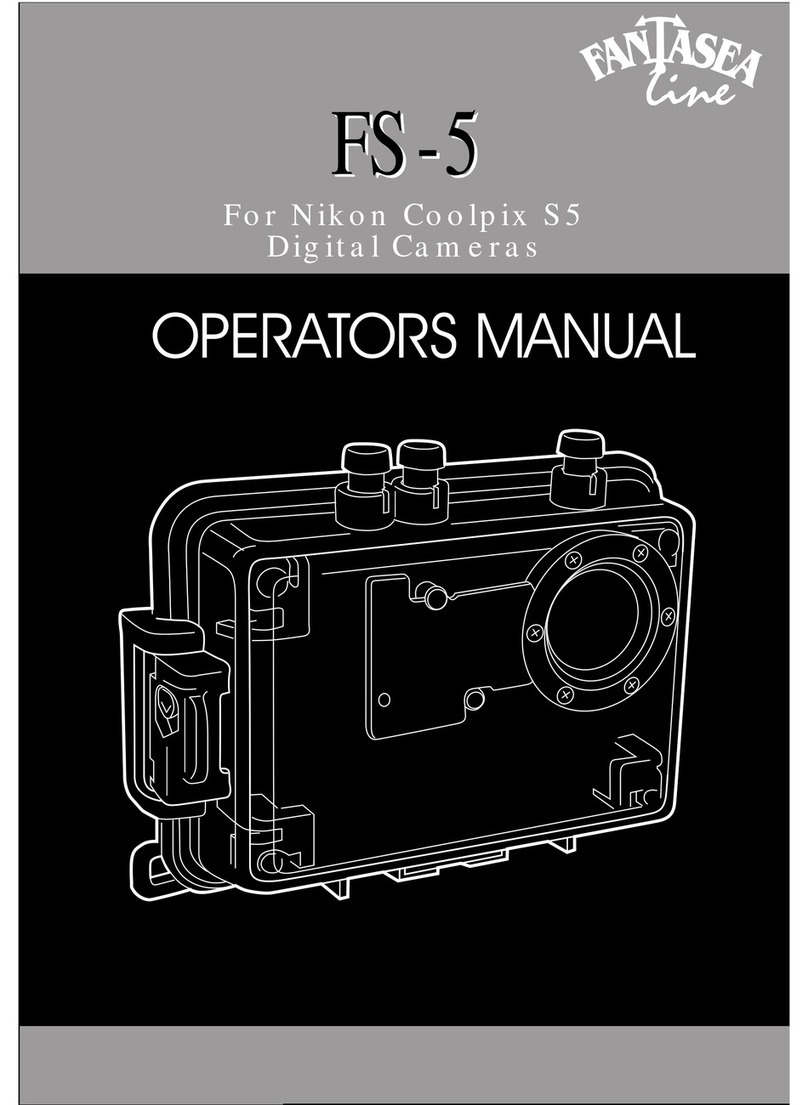
Fantasea
Fantasea FS-5 User manual
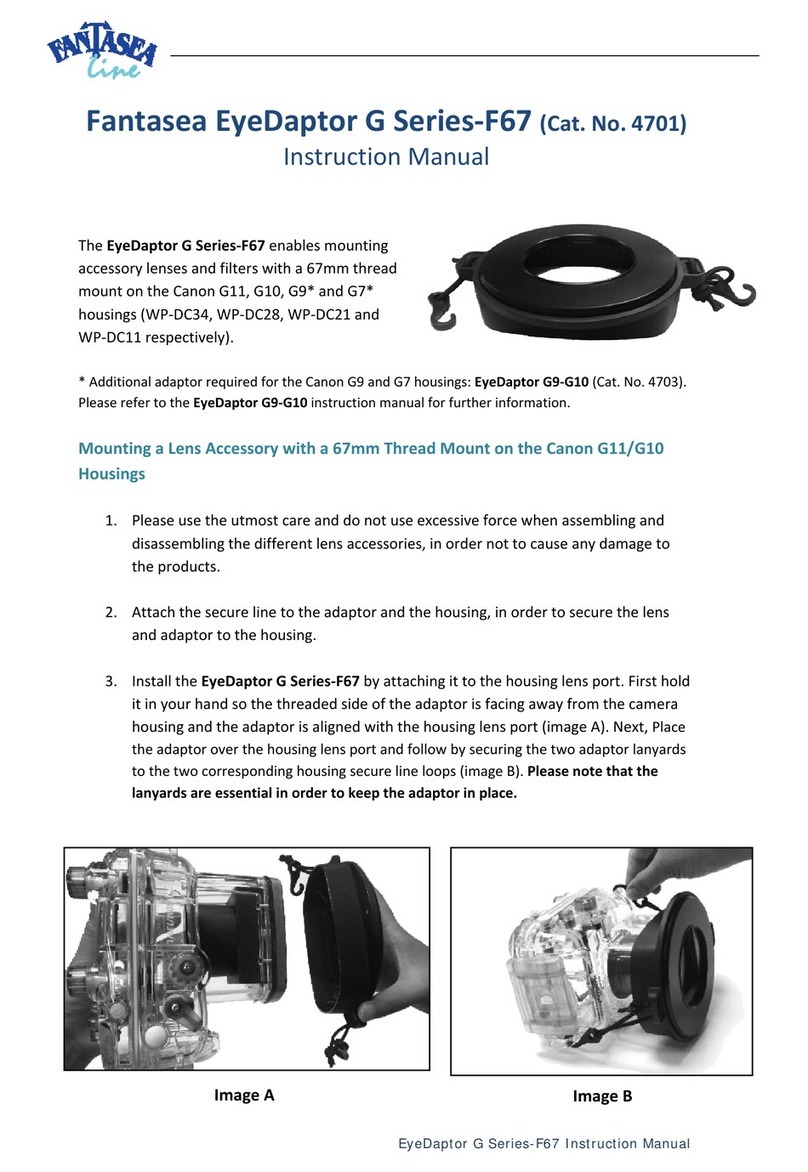
Fantasea
Fantasea EyeDaptorGSeries?F67 User manual

Fantasea
Fantasea Nano Focus Light User manual

Fantasea
Fantasea FL-6 User manual

Fantasea
Fantasea FSD-770 User manual
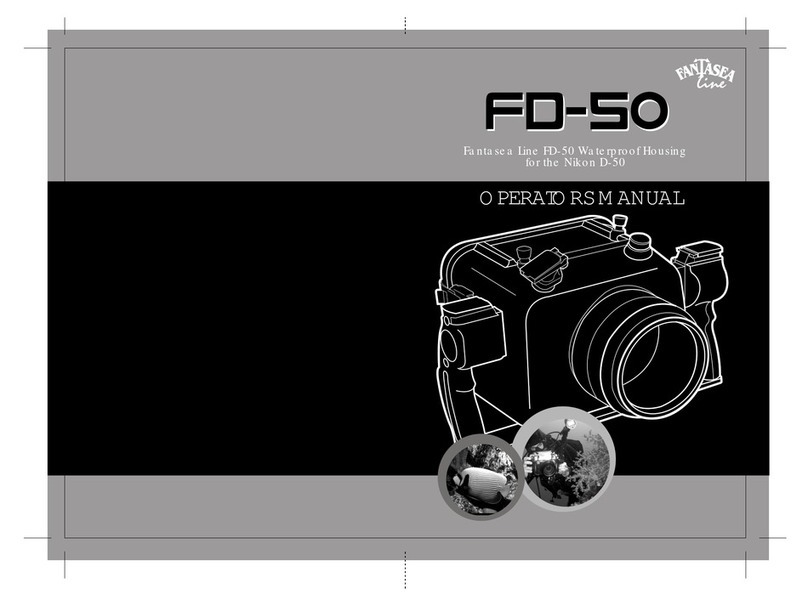
Fantasea
Fantasea FD-50 User manual
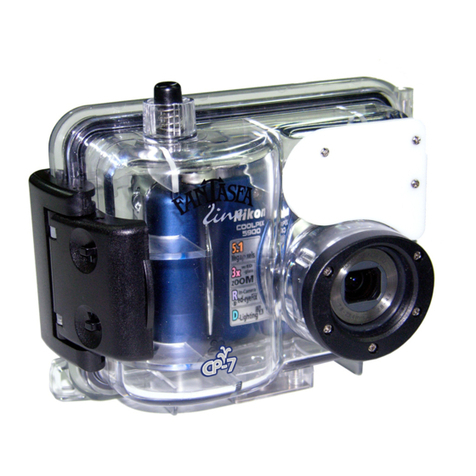
Fantasea
Fantasea CP-7 User manual
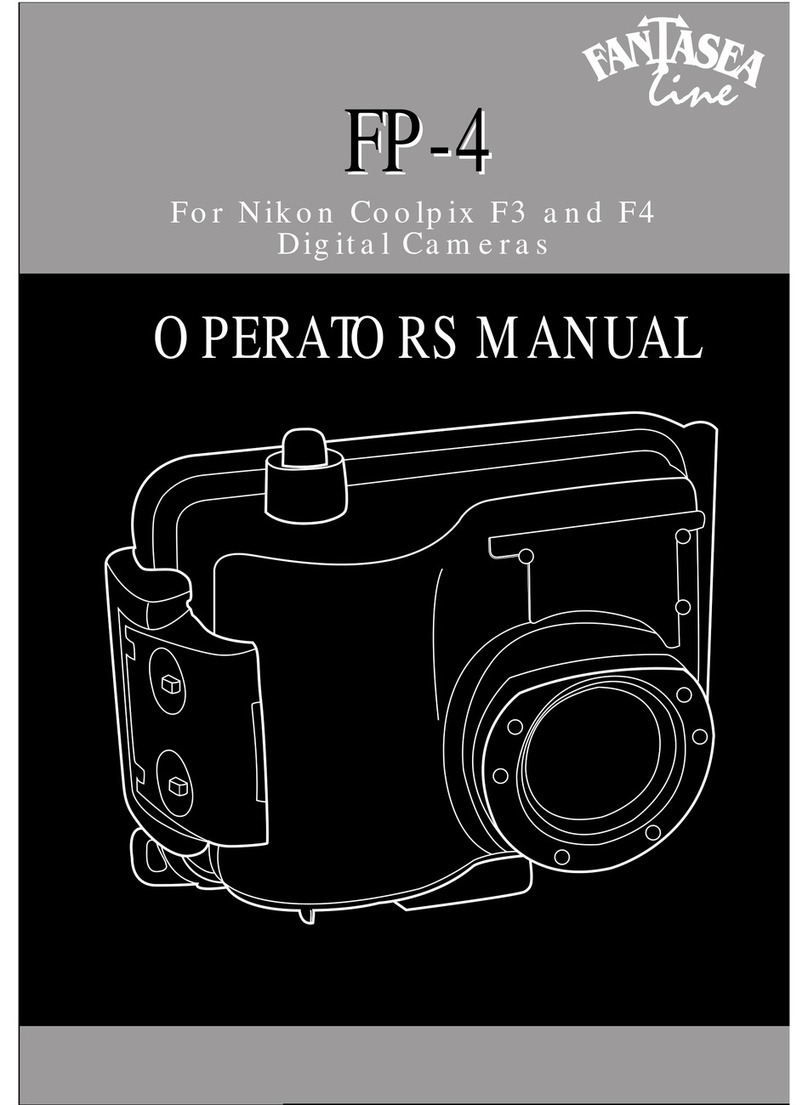
Fantasea
Fantasea FP-4 User manual

Fantasea
Fantasea Fiber Optic Cable Guide
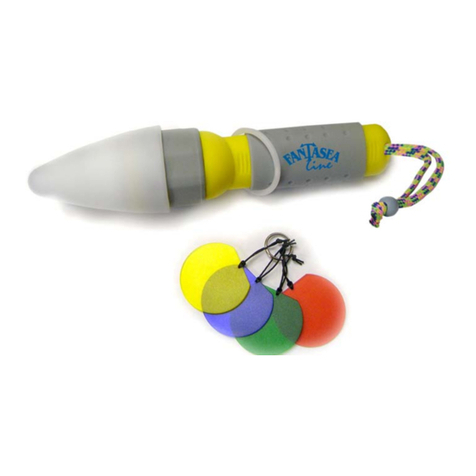
Fantasea
Fantasea Nano Spotter User manual

Fantasea
Fantasea LED 360 Light User manual

Fantasea
Fantasea Fiber Optic Cable Guide
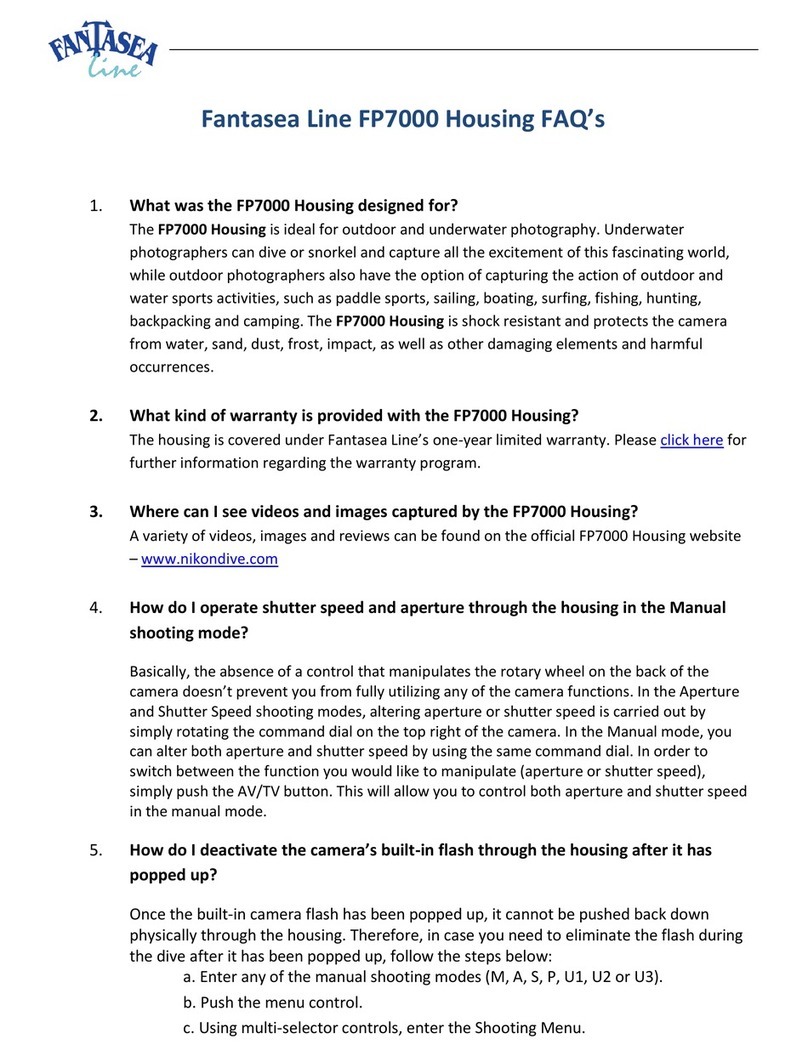
Fantasea
Fantasea Line FP7000 Housing Installation guide
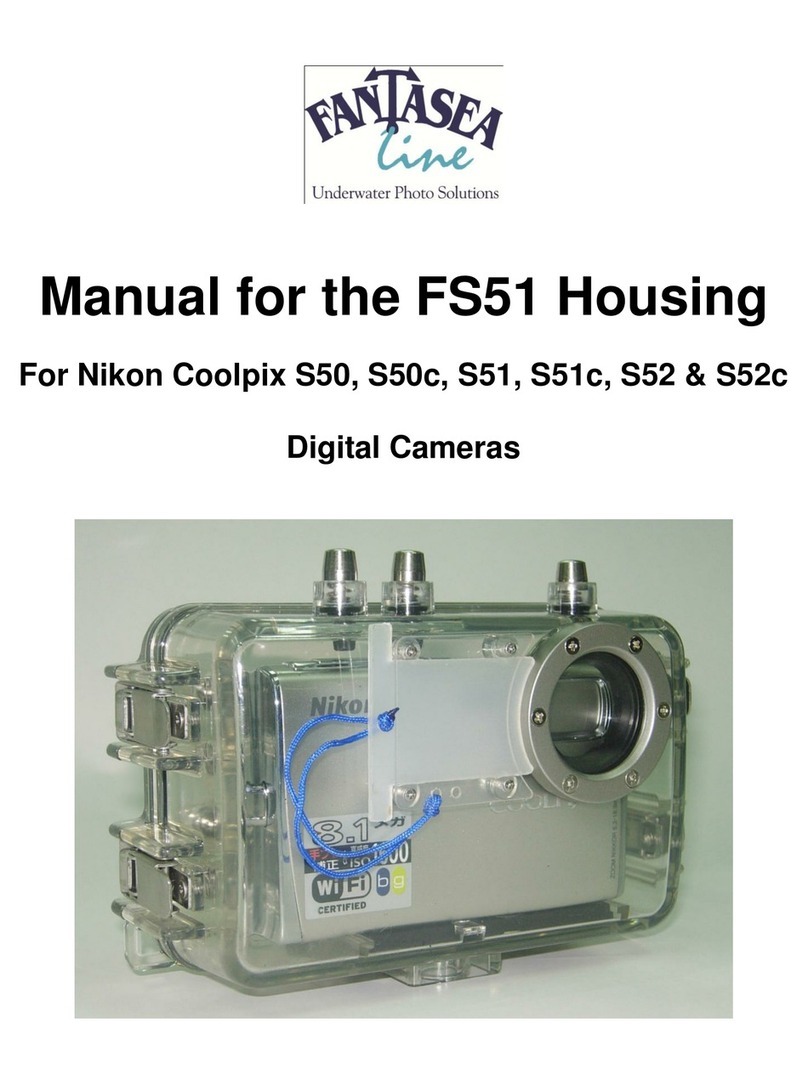
Fantasea
Fantasea FS51 User manual

Fantasea
Fantasea FL-10 User manual

Fantasea
Fantasea Cool flash nano User manual
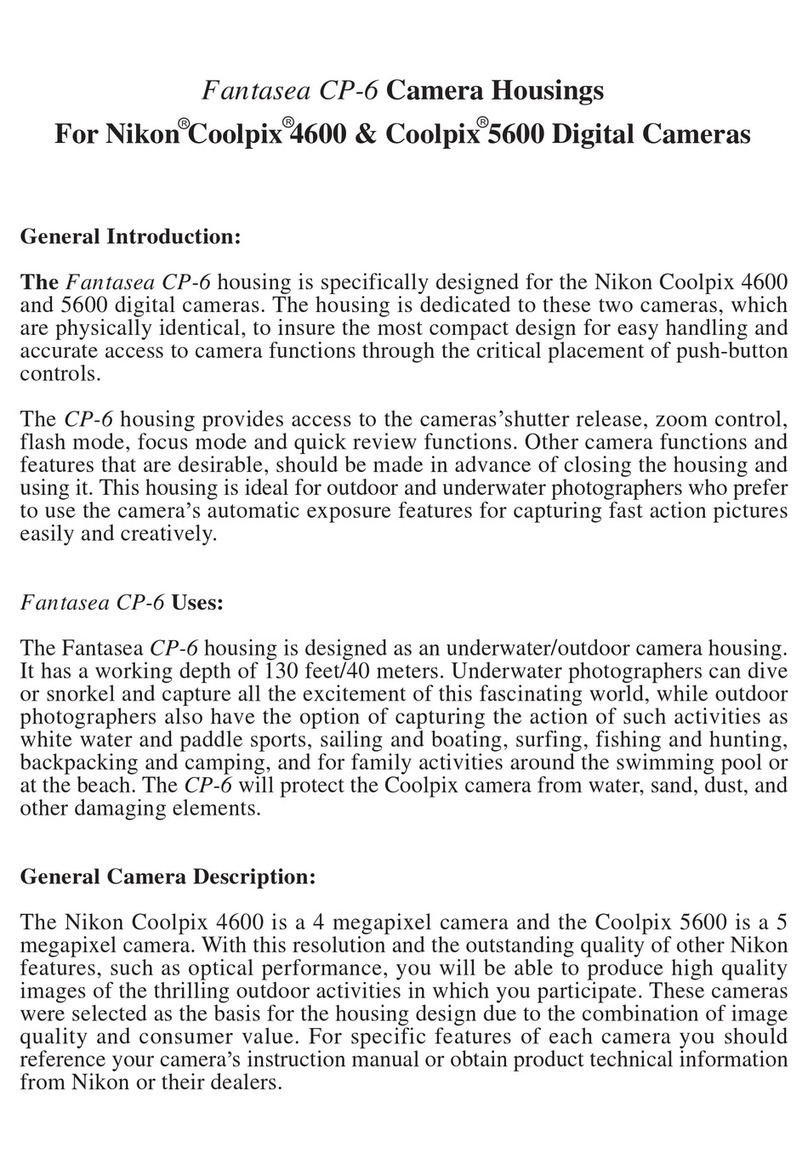
Fantasea
Fantasea CP-6 User manual

Fantasea
Fantasea Flex Arm User manual
Popular Camera Accessories manuals by other brands

Trojan
Trojan GC2 48V quick start guide

Calumet
Calumet 7100 Series CK7114 operating instructions

Ropox
Ropox 4Single Series User manual and installation instructions

Cambo
Cambo Wide DS Digital Series Main operating instructions

Samsung
Samsung SHG-120 Specification sheet

Ryobi
Ryobi BPL-1820 Owner's operating manual
